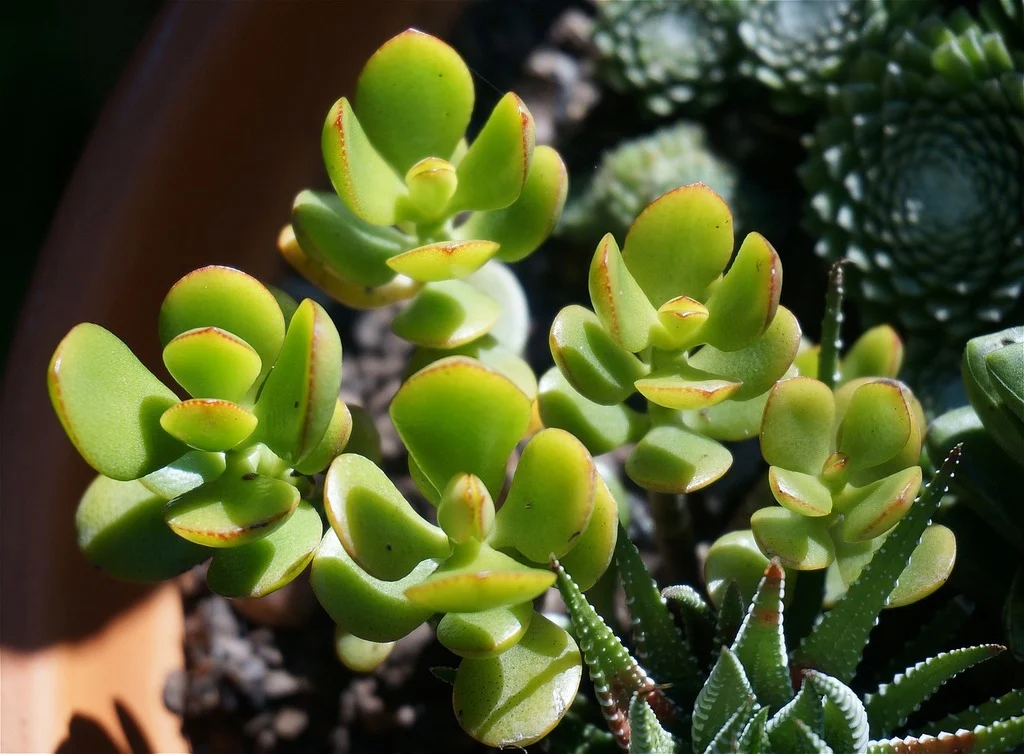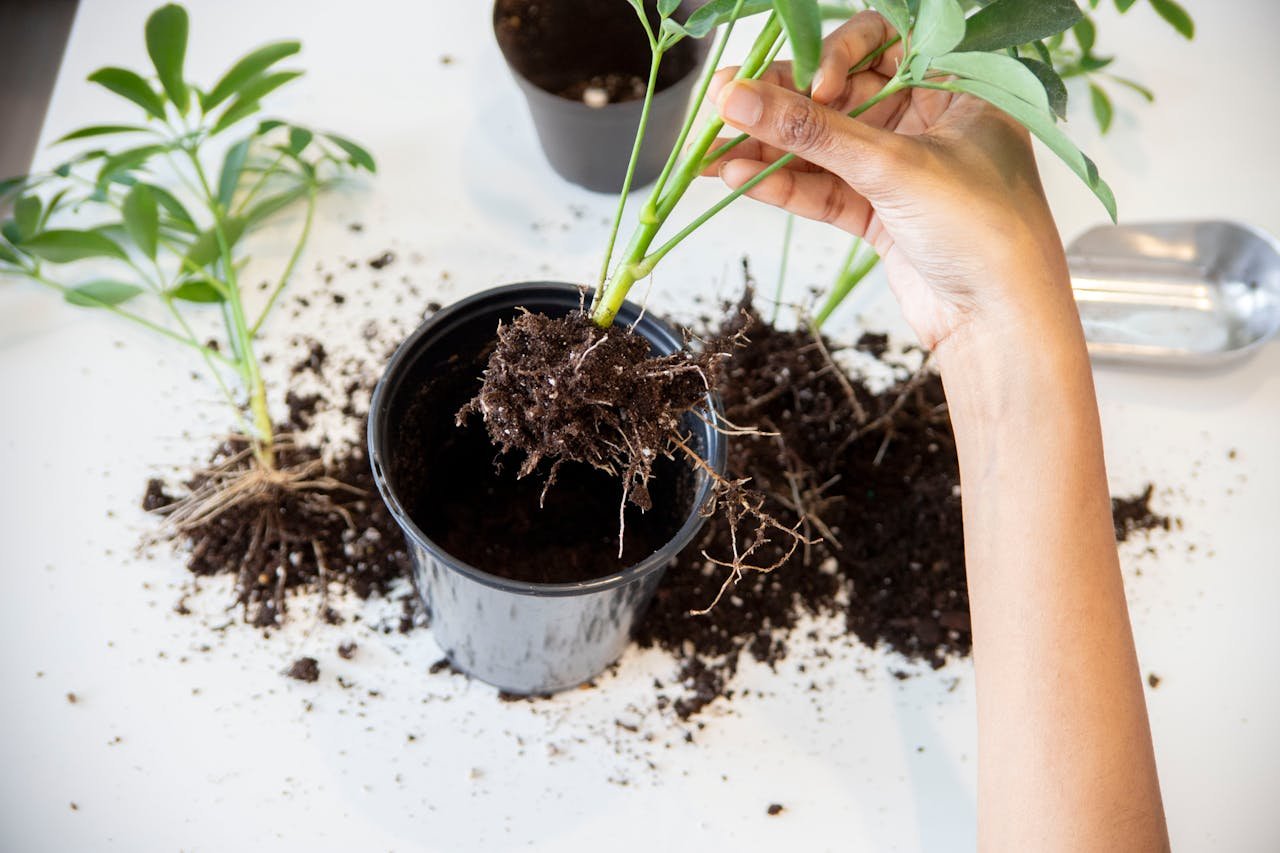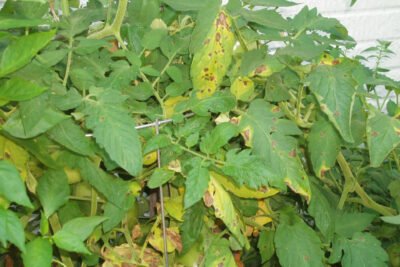
Common Mistakes When Caring for Succulents and How to Avoid Them

Succulents are often called the easiest plants to care for—but many people still accidentally kill them. The truth is, succulents have special needs, and treating them like other houseplants can lead to big problems.
Have you ever bought a cute little succulent, only to watch it slowly turn mushy or dry out? You're not alone. Many beginners make the same simple mistakes. But the good news is this: once you know what to avoid, succulents are super easy to keep alive. Let’s look at the most common mistakes people make and how you can avoid them—so your succulents stay happy, healthy, and thriving.
- Why Succulents Are Special
- Mistake #1: Overwatering
- Mistake #2: Using the Wrong Soil
- Mistake #3: Not Enough Light
- Mistake #4: Wrong Pot Choice
- Mistake #5: Ignoring the Seasons
- Mistake #6: Crowding Too Many Plants Together
- Mistake #7: Watering from the Top
- Mistake #8: Panicking Over Dropped Leaves
- Mistake #9: Using Tap Water Without Thinking
- Mistake #10: Treating All Succulents the Same
- Final Thoughts: Let Your Succulents Thrive
Why Succulents Are Special

Succulents are plants that store water in their leaves, stems, or roots. That means they don’t need much water and can go a long time without it. Most come from dry, sunny places like deserts. So, when you treat them like regular houseplants, they can get stressed or die.
Mistake #1: Overwatering
What happens:
This is the number one reason succulents die. People water them too often, and their roots rot in the wet soil.
How to avoid it:
- Only water when the soil is 100% dry.
- Stick your finger in the soil—if it’s dry all the way down, then it’s time to water.
- In most cases, watering once every 2–3 weeks is enough.
Pro tip:
Use a pot with a drainage hole. That way, extra water can escape, and roots won’t sit in puddles.
Mistake #2: Using the Wrong Soil
What happens:
Succulents hate staying wet. If the soil holds water like a sponge, the roots can rot quickly.
How to avoid it:
- Use cactus or succulent soil. It drains fast and doesn’t stay soggy.
- Don’t use regular garden soil or potting mix made for flowers or vegetables.
Pro tip:
You can make your own mix by combining regular potting soil with sand or perlite.
Mistake #3: Not Enough Light
What happens:
Succulents need a lot of light. If they don’t get enough, they stretch out, turn pale, and grow in weird directions. This is called “etiolation.”
How to avoid it:
- Place them near a bright window that gets at least 6 hours of sunlight a day.
- If you don’t have much natural light, consider a grow light.
Pro tip:
Rotate the pot every few days so all sides of the plant get light evenly.
Mistake #4: Wrong Pot Choice
What happens:
Some pots are pretty but deadly. If your pot doesn’t let water escape, your plant’s roots can drown.
How to avoid it:
- Always use pots with drainage holes.
- Avoid glass containers (like terrariums) unless you know how to manage moisture very carefully.
Pro tip:
Terracotta pots are a great choice—they let the soil dry out faster.
Mistake #5: Ignoring the Seasons
What happens:
Succulents don’t need the same care all year. In the winter, many stop growing and need less water and light.
How to avoid it:
- In summer, water more often and give more light.
- In winter, cut back on watering. Some only need water once a month.
- Keep them away from freezing temperatures.
Pro tip:
If your plant stops growing in winter, don’t worry—it’s just resting.
Mistake #6: Crowding Too Many Plants Together
What happens:
It looks pretty to pack succulents close in one pot, but they need airflow and space to grow roots.
How to avoid it:
- Give each plant its own space.
- If you use a group planter, make sure there's room between each one.
Pro tip:
Watch for mold or rot between plants—it’s a sign they’re too crowded.
Mistake #7: Watering from the Top
What happens:
Pouring water directly on the leaves can cause rot or invite pests.
How to avoid it:
- Water the soil only, not the leaves.
- Use a small watering can or squeeze bottle to direct the water right to the roots.
Pro tip:
Bottom watering (putting the pot in a dish of water so it soaks up) works great if done occasionally.
Mistake #8: Panicking Over Dropped Leaves
What happens:
Succulents sometimes drop leaves when stressed—but that doesn’t mean they’re dying.
How to avoid it:
- Don’t rush to re-pot or move your plant.
- Keep watching—if new growth appears, your plant is fine.
Pro tip:
You can often propagate fallen leaves by placing them on top of dry soil and waiting for roots.
Mistake #9: Using Tap Water Without Thinking
What happens:
Some tap water contains salt or chemicals like fluoride or chlorine, which can build up in the soil.
How to avoid it:
- If your water is very hard, use filtered water or let tap water sit overnight before using.
- Flush the soil with clean water every few months to remove buildup.
Pro tip:
Rainwater is one of the best options if you can collect it.
Mistake #10: Treating All Succulents the Same
What happens:
Not all succulents have the same needs. Some want more sun, others more shade. Some are active in winter, others in summer.
How to avoid it:
- Learn the name of your plant and look up its specific care.
- Pay attention to how your plant responds to light and water.
Pro tip:
Use plant ID apps or ask in gardening forums to figure out what kind of succulent you have.
Final Thoughts: Let Your Succulents Thrive
Caring for succulents can be fun and rewarding, but small mistakes add up. Now that you know what to avoid, you can help your plants grow strong and beautiful.
Remember: less is often more when it comes to succulents. Give them light, the right soil, and just a little water—and they’ll thank you by thriving for years to come.

If you want to see other articles similar to Common Mistakes When Caring for Succulents and How to Avoid Them you can visit the category Plant Care.




Leave a Reply